Is The BMW Badge Really An Aeroplane Propeller?
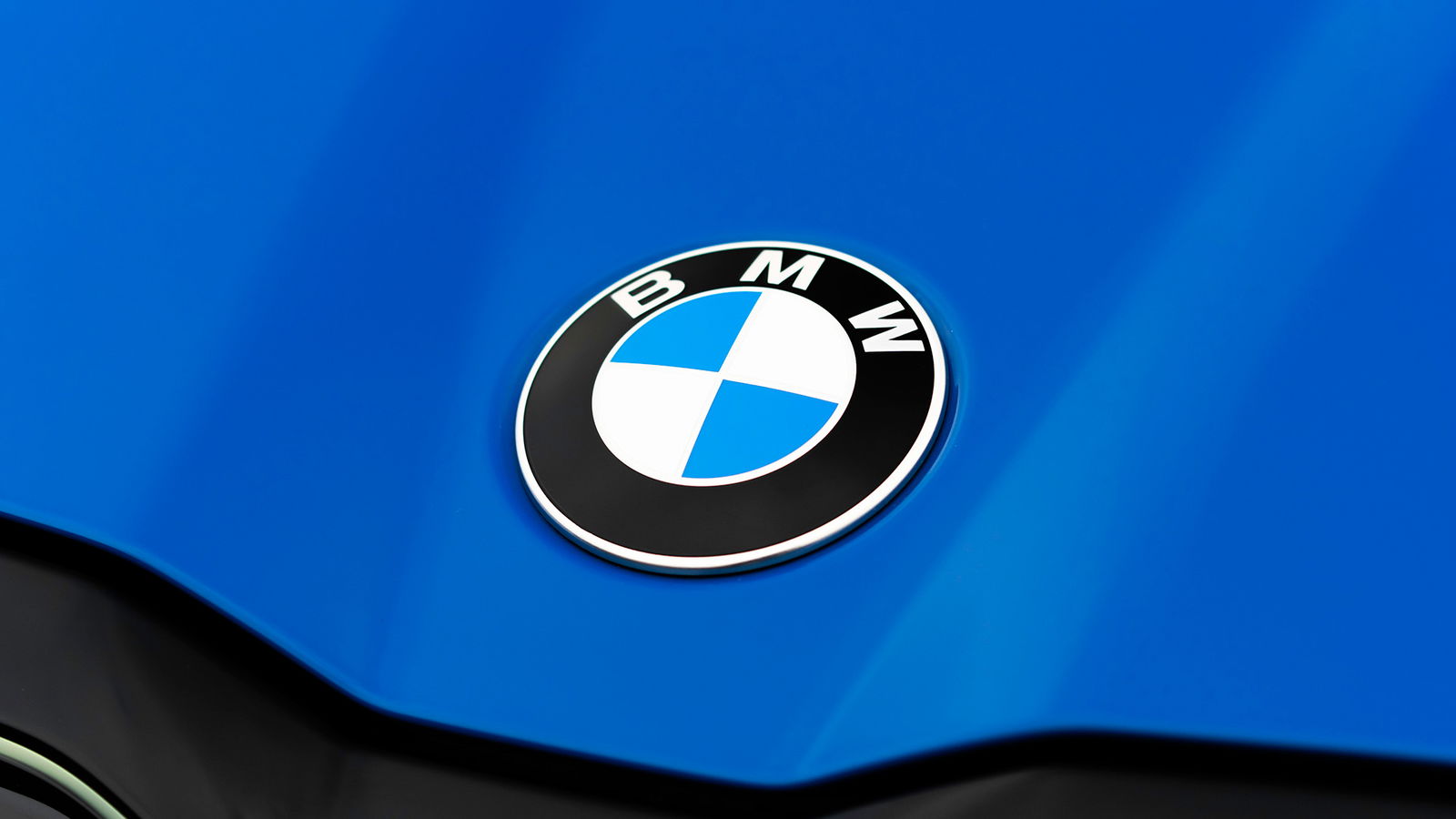
Somewhere along the chain of car manufacturer factoids, you’ve likely heard the story that the BMW logo is designed to look like an aeroplane propeller at full chat.
It’s not that hard to believe either, even just from looking at it. And that’s before you even dive into the history of BMW itself.
In 1910, an aircraft engineer named Gustav Otto founded his own company, Otto Flugmaschinenfabrik, within the Kingdom of Bavaria. At the risk of this turning into an A-Level history lesson, this was during the era of the German Empire – Bavaria existing as an independent state within that until 1918. We’ll explain a bit later why that note is important.
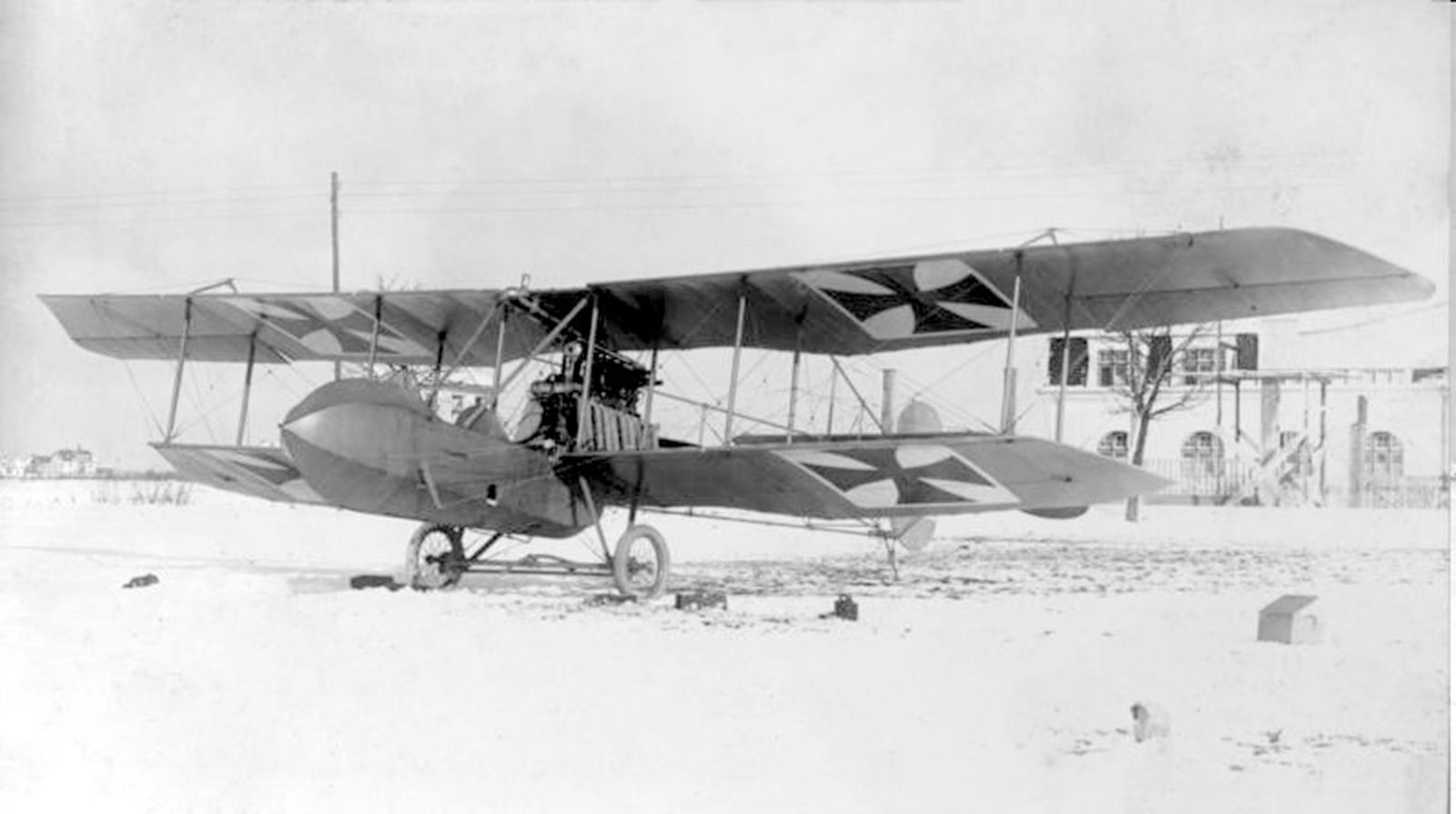
WWI would break out in 1914, and, under severe financial pressures, Otto’s company (which had been renamed multiple times) would be taken over by the German government in 1916 and renamed Bayerische Flugzeugwerke.
Meanwhile, another engineer, Karl Rapp, was at the helm of his own aircraft engine business, Rapp Motorenwerke. It would prove to be a key source of production for the German war effort, although Karl Rapp was seen from within as holding the company back. In 1917, he would leave his post, leading to the company taking on the new name Bayerische Motoren Werke – or BMW.
This would also see the introduction of its blue-and-white roundel logo, the official colours of the Kingdom of Bavaria, and still used to represent the Free State of Bavaria in the modern day.
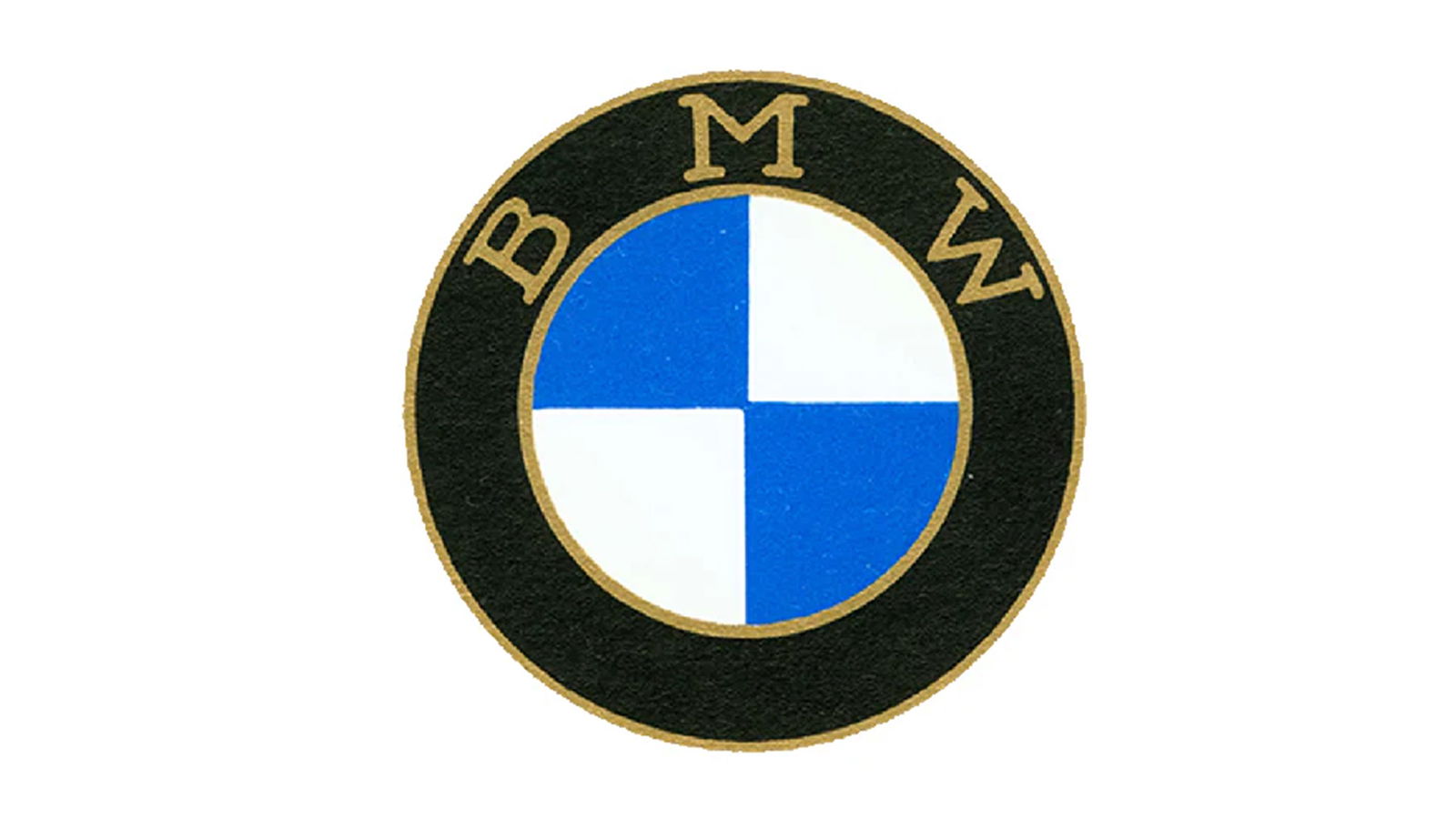
At the end of the war in 1918, as part of the Treaty of Versailles, BMW was required to stop producing military aircraft engines. Initially, it would switch to producing motorcycle engines, agricultural equipment and other oily bits.
Then 1922 came around, and Bayerische Flugzeugwerke would buy out the BMW name and its engine-producing facilities. It introduced its first car in 1929, following its takeover of Automobilwerk Eisenach.
Still with us? The point is, aircraft are integral to the history of BMW. Yet despite that, the logo was never intended to reflect a propeller directly.
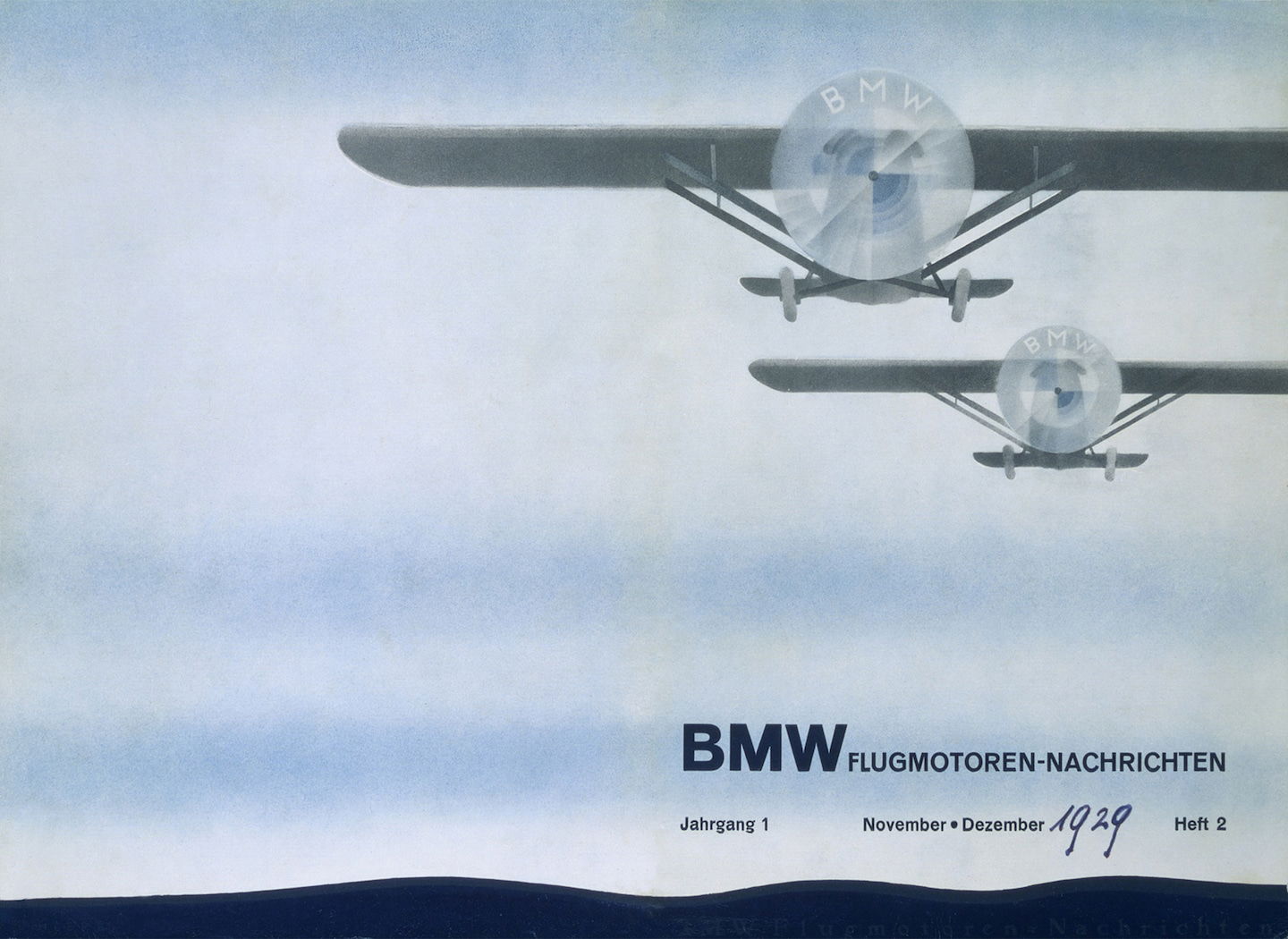
BMW itself believes the urban myth came about as a result of a 1929 advert which showed the BMW logo displayed within the spinning propellers of two aeroplanes. It would do the same again within its own in-house magazine in 1942, adding further fuel to the fire.
It’s never officially denied that the original logo was intended to be a propeller, nor has it ever truly backed the theory up other than leaning into the myth for marketing. So the final answer? It’s open to your imagination.
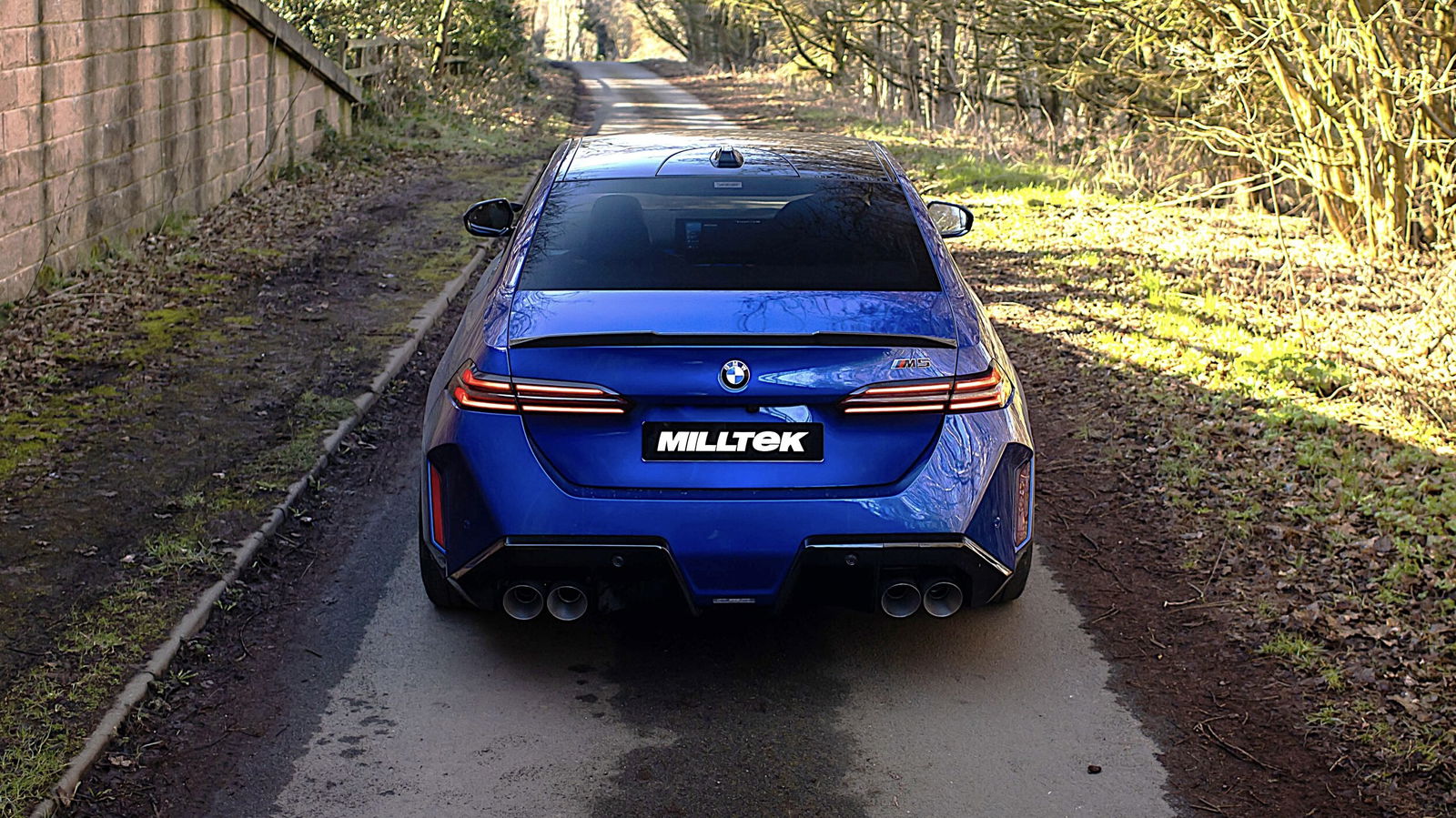
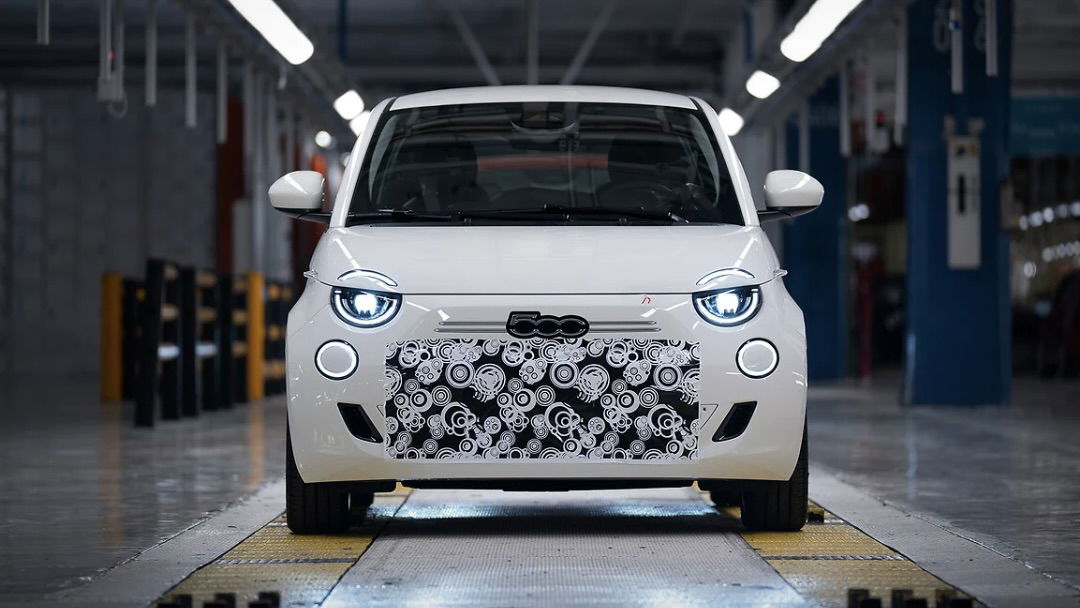




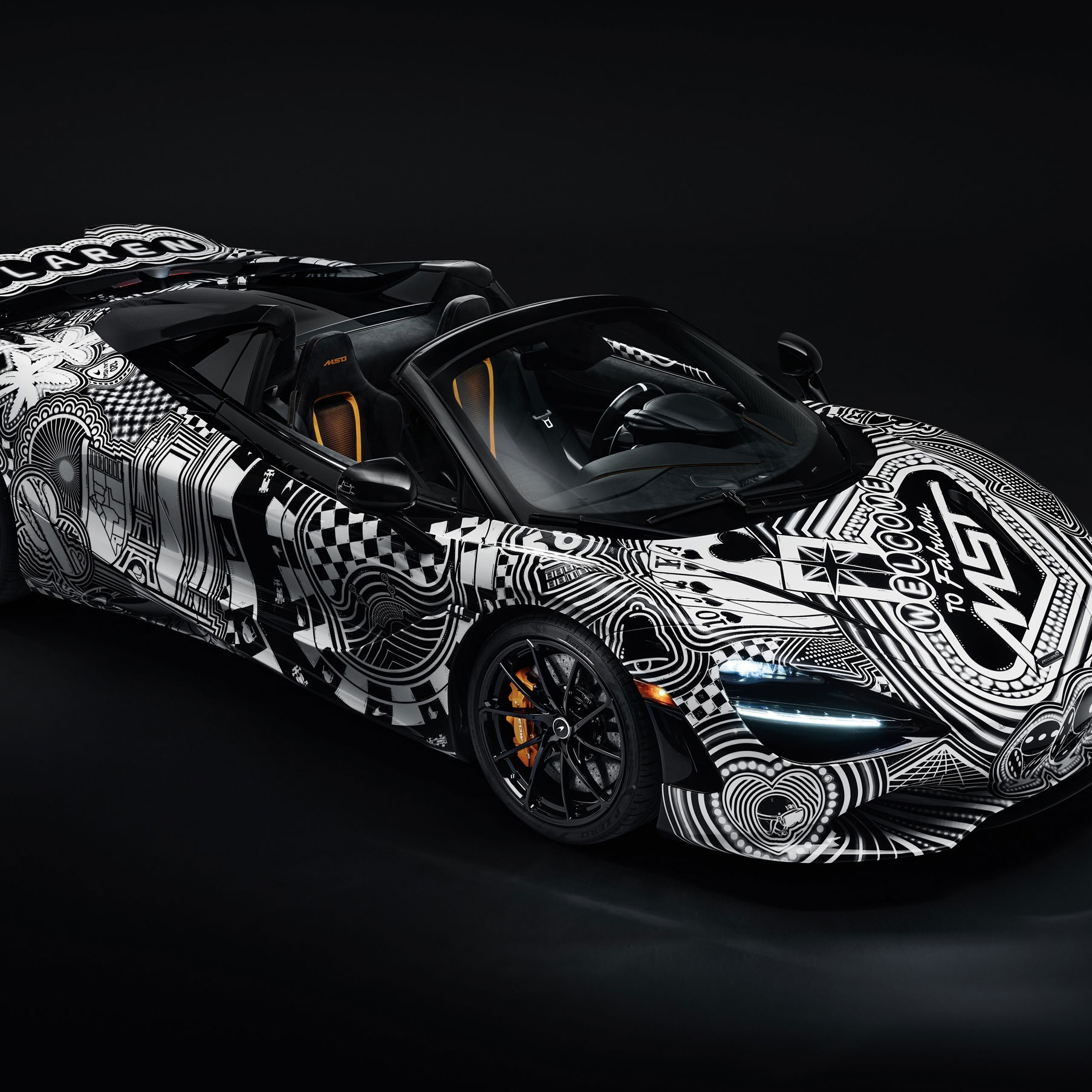

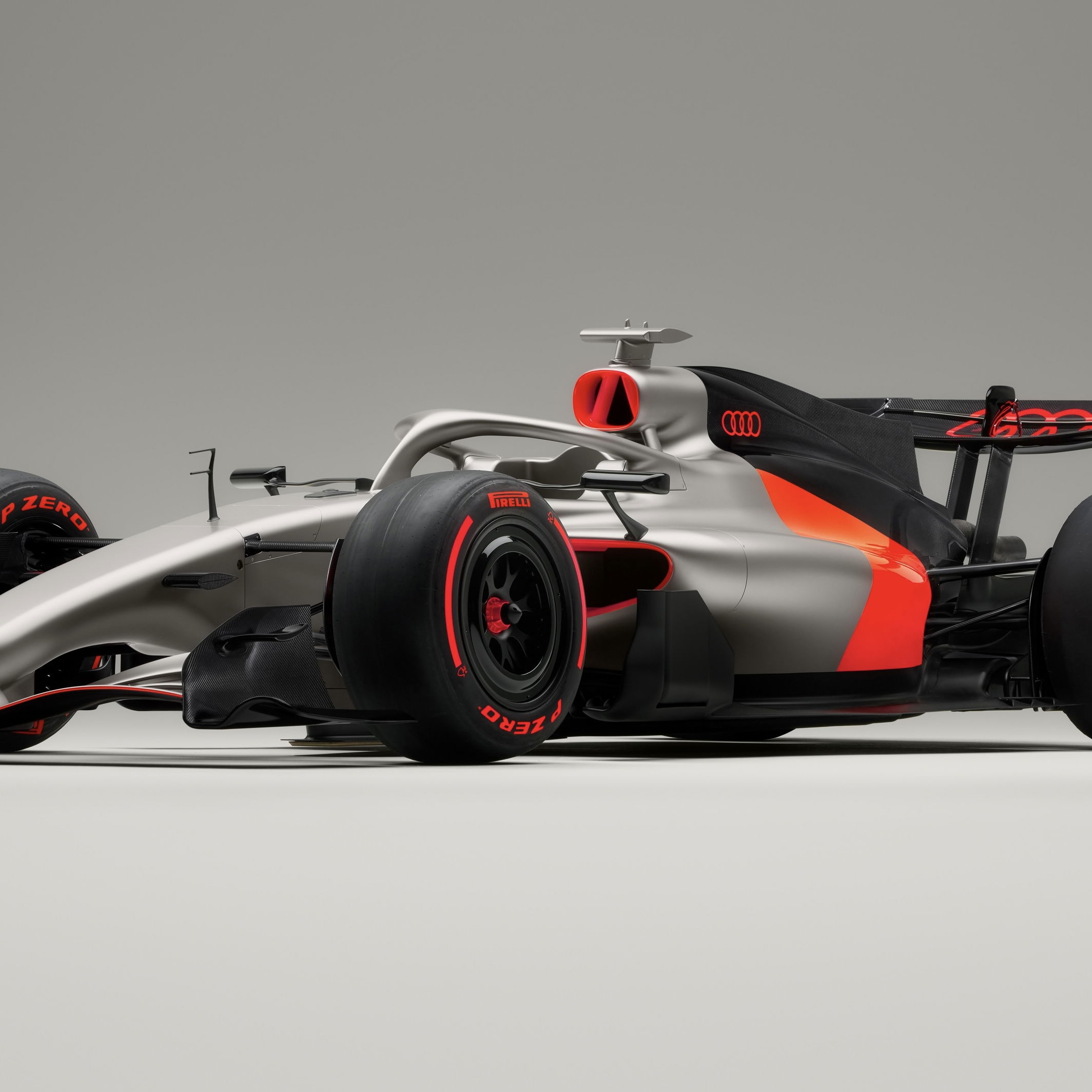
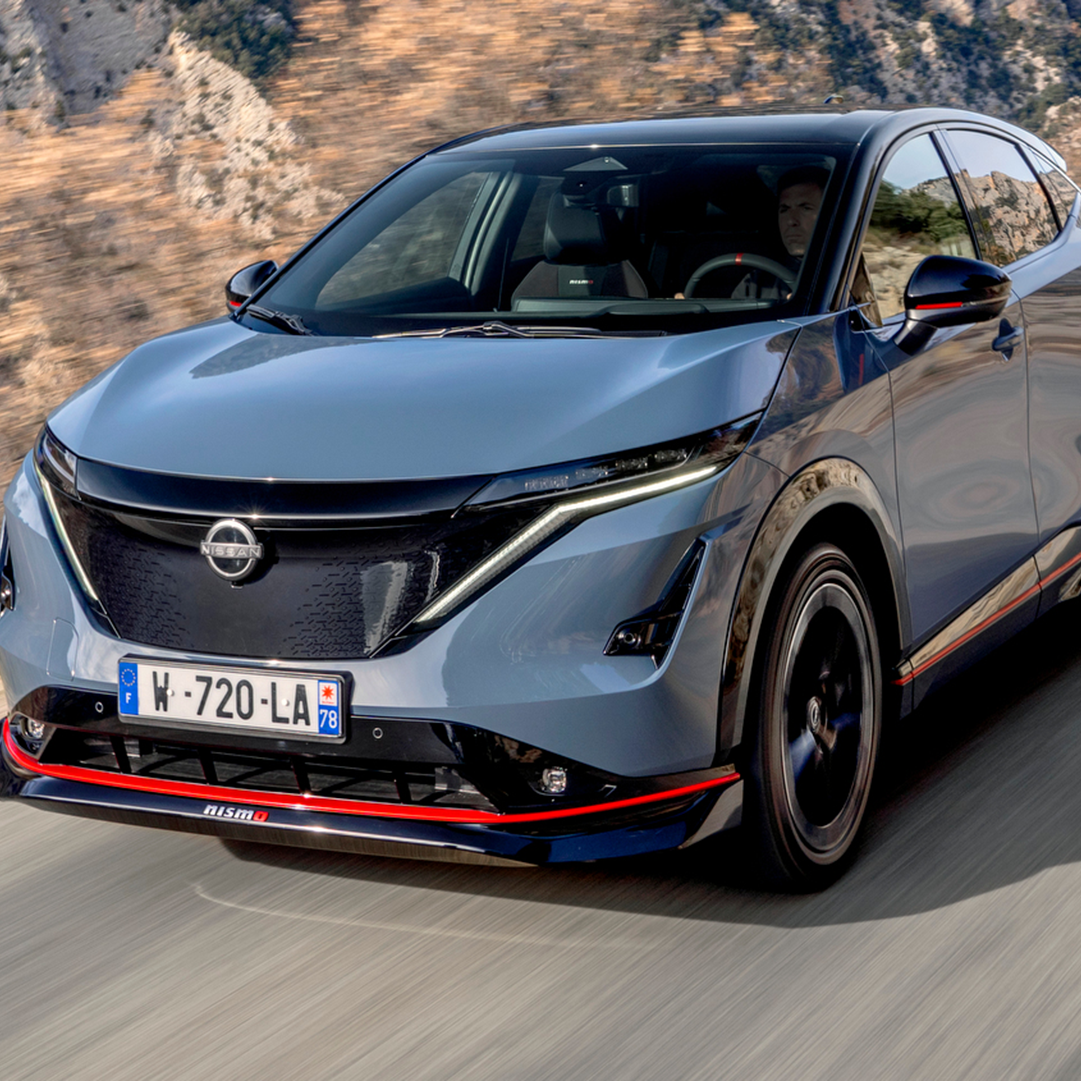





Comments